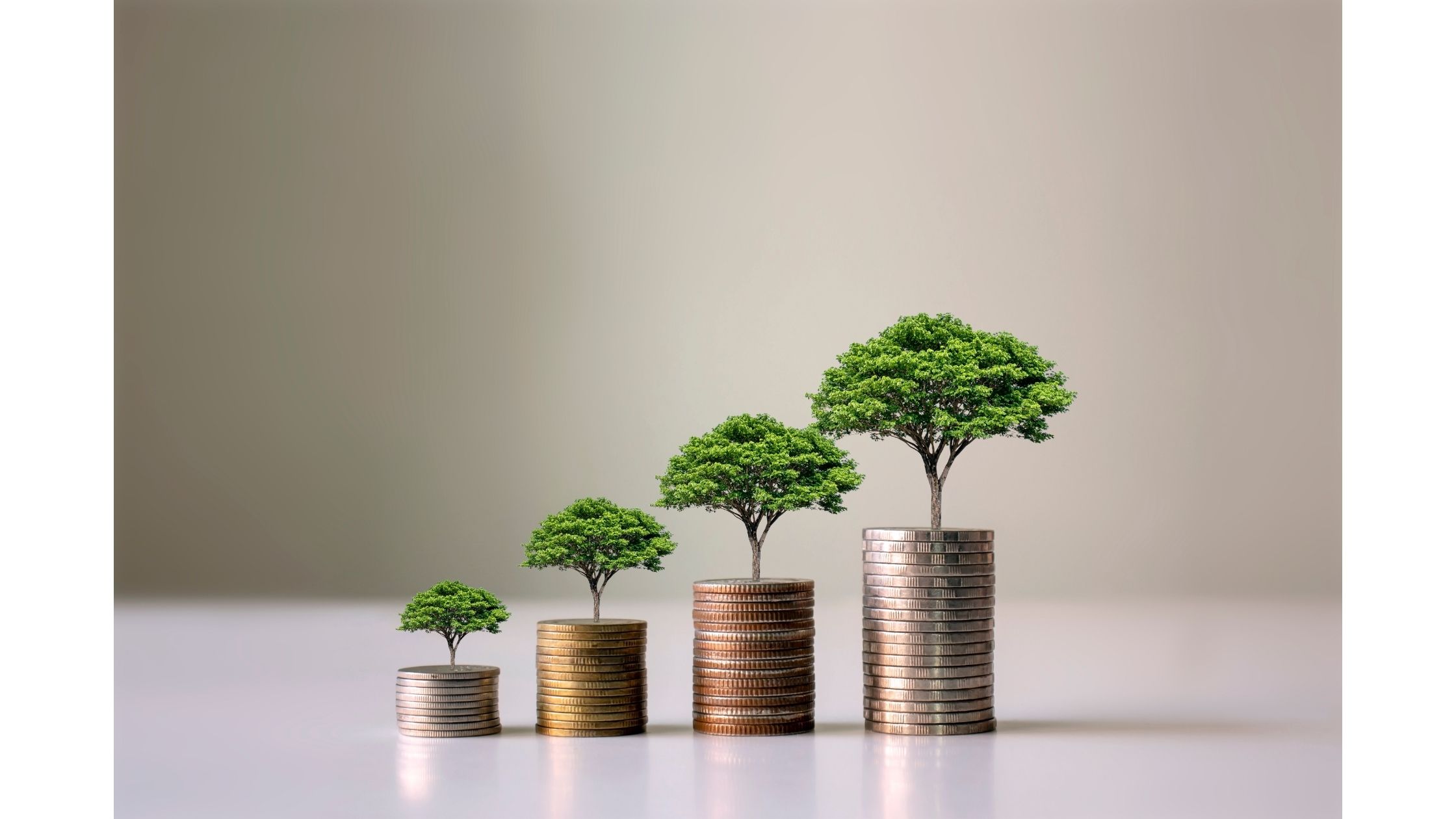While the fashion industry is known as a world full of creativity, style and personal expression, unfortunately its environmental impacts have reached a level that cannot be ignored. However, in recent years, there have been significant developments in sustainability and environmentally friendly approaches within the fashion industry. Sustainable fashion refers to an approach that protects natural resources and protects people's health, and adopts fair and ethical production processes. In this article, we will discuss innovative and different developments about environmentally friendly approaches in the fashion industry.
- Use of Recycled Materials
Recycled materials play an important role in reducing environmental impacts in the fashion industry. Materials such as polyester fabrics made from plastic bottles, recycled denim and nylon are widely used by sustainable fashion brands. These materials reduce the consumption of natural resources and also reduce the amount of waste.
- Ethical and Fair Production Processes
Sustainable fashion brands adopt ethical and fair production processes and develop innovative approaches in this field. Production facilities where employees work for fair wages and provide safe and healthy working conditions are among the priorities of sustainable fashion brands. Additionally, providing transparency and collaboration throughout the supply chain is also an important step.
- Supporting Local Production and Small-Scale Producers
Sustainable fashion focuses on supporting small-scale producers by encouraging local production. Products handmade in small workshops can be produced with less energy consumption and less carbon emissions. At the same time, local production supports the local economy and strengthens community ties.
- Rental and Sharing Economy
The rental and sharing economy is another innovative approach that is changing consumption habits in the fashion industry. The rental option offers consumers a sustainable alternative, especially for clothes that are worn on special occasions or rarely. Additionally, sharing economy platforms enable people to share clothes with each other, thus resulting in less production.
- Recycling and Transformation Projects
Sustainable approaches in the fashion industry include recycling and transformation projects. Recycling old or unused clothes into new products reduces the amount of waste and reduces the consumption of natural resources. Some brands are leading the way in this field by offering collections in which clothes are made from recyclable materials.
- Digital Innovations
Digital innovations play an important role in promoting green approaches in the fashion industry. Virtual fitting technology allows consumers to experience clothes virtually, preventing wrong purchases and thus reducing the recycling rate. Additionally, digital platforms such as e-commerce and online marketplaces increase the accessibility of sustainable fashion brands by changing consumption habits.
- Alternatives to Fast Fashion
Fast fashion has had a huge negative impact on the environmental impacts of the fashion industry. However, sustainable fashion brands offer higher quality, long-lasting and timeless designs as an alternative to fast fashion. This approach, which encourages consumers to focus on permanent products rather than trends, increases sustainability in the fashion industry.
- Education and Awareness
Education and awareness are crucial to making progress in sustainable fashion. Fashion schools and organizations include sustainability issues in their curricula and raise awareness among future fashion professionals. Likewise, consumer awareness campaigns help increase sustainable fashion choices.
- Second Hand and Vintage Fashion
Second-hand and vintage fashion have become an important part of the sustainable fashion movement. Selling and buying second-hand clothing reduces the amount of waste while providing consumers with an economical and environmentally friendly option. Vintage fashion, on the other hand, is a sustainable option with its timeless designs and emphasizes the cyclicality of fashion.
- Green Packaging and Logistics
Sustainable fashion brands also adopt environmentally friendly approaches in their product packaging and logistics processes. Using recyclable and biodegradable packaging materials saves energy and resources while reducing the amount of waste. Additionally, strategies are developed to minimize carbon emissions in transportation and distribution processes.
Sustainable fashion progresses with innovative and different approaches that aim to reduce environmental impacts in the fashion industry. Developments such as the use of recycled materials, ethical and fair production processes, local production, rental and sharing economy, recycling and transformation projects, as well as digital innovations, fast fashion alternatives, education and awareness, second-hand and vintage fashion, green packaging and logistics. elements also contribute to the sustainable fashion movement.
These innovative and different developments ensure the spread of environmentally friendly practices in the fashion industry and also contribute to the awareness of consumers. Sustainable fashion lays the foundation for a future that combines style and creativity without harming the environment. If the fashion industry embraces these green approaches, it will help the world move towards a more sustainable fashion system.
